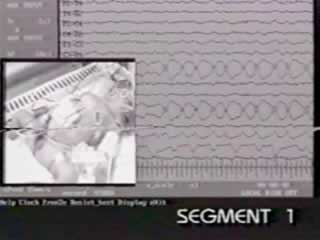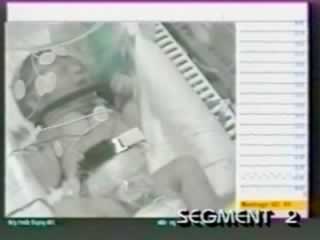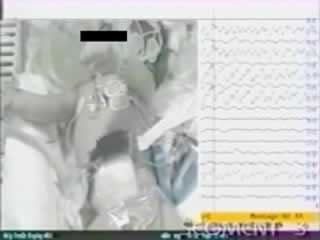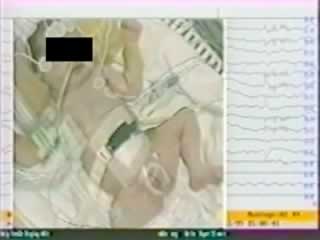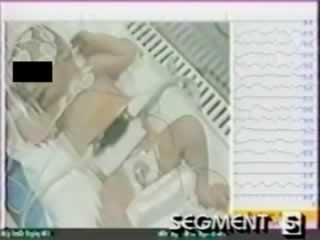Epileptic Disorders
MENUNeonatal seizures: background EEG activity and the electroclinical correlation in full-term neonates with hypoxic-ischemic encephalopathy. Analysis by computer-synchronized long-term polygraphic video-EEG monitoring Volume 3, numéro 3, September 2001
Auteurs
Via Bramante 15, (ex via Caravaggio 36), I-80126 Naples, Italy.
- Page(s) : 125-32
- Année de parution : 2001
Seizures are the most common distinctive sign of neurological disease, and convulsive phenomena are the most frequent major manifestations of neonatal neurological disorders [1]. Seizures occur more often in the neonatal age than at any other period of human life [2, 3]. The causes may be multiple, but hypoxic ischemic encephalopathy is the most frequent [1, 4-10]. In the 1970s, the pioneers of neonatal EEG, Dreyfus-Brisac and Monod, [...]


